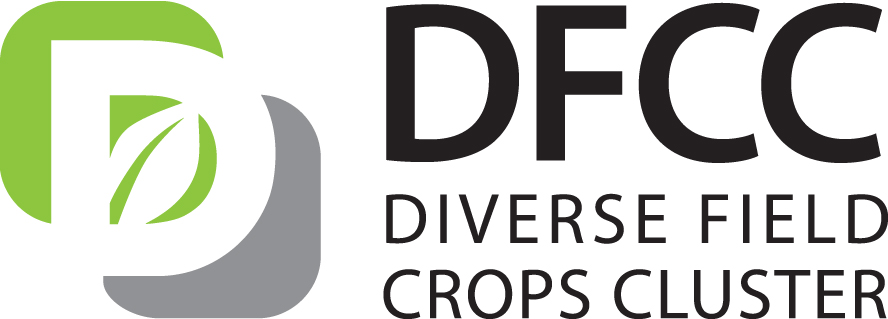Beyond the hotdog: innovative uses of yellow mustard
Tucked into the doors of fridges across North America, yellow mustard is well known for its role as a condiment. But mustard producers are confident there is more to mustard than sandwiches and barbecues.
Agriculture and Agri-Food Canada (AAFC) scientists Janitha Wanasundara and Steve Cui, in collaboration with Mustard 21 Canada Inc. (a member of Diverse Field Crops Cluster), are investigating what the yellow mustard seed has to offer.
Cui’s side of the project focuses on a polysaccharide found in the outer coat of yellow mustard, known as mucilage. He has been working on the material for about 30 years and much of the work in this project is based on his research on the chemical and molecular structure of the polysaccharide.
Mucilage has several unique properties that make it a valuable addition to food processing systems. It has a high viscosity that drops rapidly after force is applied, meaning it’s ideal for food pump systems. Mucilage also works synergistically with other gums (compounds that act as thickeners in food), making for a better final product. It’s also a great emulsifier for salad dressings and other oil-based sauces.
“Mucilage builds a bridge between oil and water and increases the viscosity of the overall system to make the separation of the oil very slow,” Cui says. This helps to keep products stable for longer periods of time.
The ability for mucilage to stabilize foods like salad dressings or whipped toppings by acting as an emulsifier for oil and water systems and formation of gels makes it an ideal candidate for the ever-expanding market of gluten-free and egg-free products.
Wanasundara’s contribution to the project focuses on the structure-function relationship of yellow mustard protein.
“The industry wanted to see if yellow mustard could enter the plant protein market,” Wanasundara says. “Yellow mustard is unique among the mustard family seeds because it contains more protein; up to 30 per cent of the seed weight can be protein.”
Yellow mustard protein is also a great candidate for plant-protein blends. High in the amino acids, methionine and cysteine —which pulses lack—it would make a great addition to these products. In the lab, yellow mustard protein is rated against pulse, soy, and animal protein (milk-based), to determine where it lands among other commonly consumed proteins.
For decades, the only interest in yellow mustard was for its role in the condiment market. But now the industry is driving exploration into innovative uses for this common prairie crop. With growth in the gluten-free, egg-free and plant-based protein markets, it seems that yellow mustard has great potential in the food industry.
Written by Erin Matthews
_____________________
This DFCC research activity is led by Mustard 21 Canada Inc with funding from Agriculture and Agri-Food Canada’s Canadian Agricultural Partnership program, Mustard 21 Canada Inc, Saskatchewan Mustard Development Commission, Canadian Mustard Association and Government of Saskatchewan.
The Diverse Field Crops Cluster (DFCC) is a unique alliance of industry partners: Canadian Hemp Trade Alliance, Canary Seed Development Commission of Saskatchewan, Saskatchewan Flax Development Commission, Smart Earth Camelina Corporation, Manitoba Crop Alliance, Mustard 21 Canada Inc, and Northern Quinoa Production Corporation. DFCC aligns industry and research stakeholders to seize market opportunities and accelerate the acreage and market returns of special crops. Ag-West Bio leads this five-year research cluster which is funded by Agriculture and Agri-Food Canada’s Canadian Agricultural Partnership program and industry partners.

